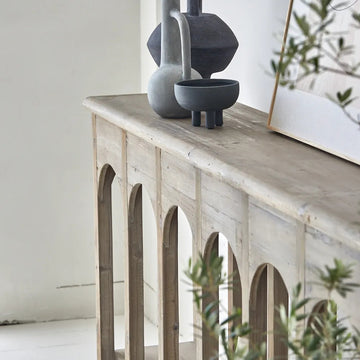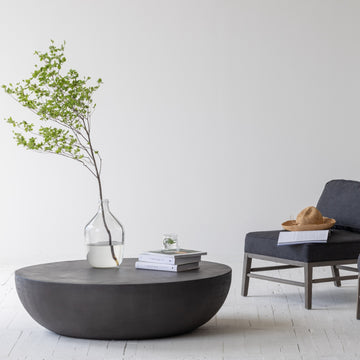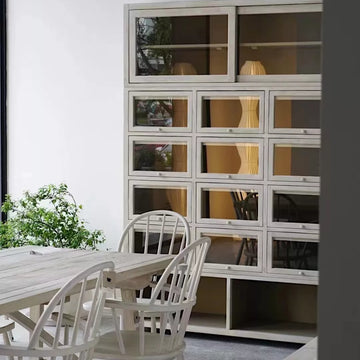Designing a new room can be a thrilling experience as it provides a blank canvas for creative freedom and a chance to envision a new layout for your space. However, while it may be tempting to immediately dive into selecting fabrics and paint, it's important to prioritize functionality over aesthetics. A key step in this process is taking accurate measurements, which will aid in designing a room that is easy to navigate and has enough space for furniture to function properly. To make the most of your living space, consider these helpful tips and tricks.
Start by Measuring the Room
Evaluate the width and length of the room to determine the amount of space available. This task should be straightforward, but be sure to factor in radiators, plug points, alcoves, floor grilles, and fireplaces as they may impact the placement of furniture. If finalizing the layout is challenging, try creating 2D templates of your furniture using old newspapers and lay them on the floor to visualize the space. If you have a lot of empty floor space, consider larger furniture pieces. On the other hand, if space is limited, opt for smaller furniture or leave some items out.
Leave Adequate Space for Movement
When determining if a grand solid wooden dining table will fit, a general rule is to ensure there's at least 50cm of space between one piece of furniture and the next. The exception to this rule is side tables, which are typically located next to the bed, sofa, or chair. The goal is to ensure there's enough room for people to move around freely. In the dining room, this means leaving at least 50cm between the back of the dining chairs and walls for easy movement. In a hallway, a minimum of 80cm between furniture and the walkway is ideal to avoid feeling cramped.
Consider Television Viewing Distance
For those who enjoy watching TV, ensuring an appropriate distance between the sofa and television is crucial. To find the perfect balance, measure the diagonal of your television screen and place the sofa 1.5 to 3 times that distance away. For example, if you have a 40-inch screen, your sofa should be between 5ft and 7ft away.
Take Ceiling Heights into Account
To avoid overwhelming the room with furniture or discovering that a dream piece doesn't fit, measure the height of your ceiling. Ideally, there should be a gap of 20-30cm above tall pieces of furniture to create a feeling of space. If your room has cornices, measure to the bottom of the cornice to establish the ceiling height. For sloping ceilings, always measure to the lowest point.
Remember to Measure Windows
Windows are often overlooked when selecting furniture, but they play a vital role in the overall design of your space and should be considered accordingly. You don't want to end up with a wardrobe blocking natural light, for example. Measure the height of windows from the floor to the top and for a home office with a view, measure the drop from the bottom of the window to the floor.
Ensure Furniture Will Fit Through the Door
Measuring doorways is vital, especially when purchasing new furniture. It's important to measure the width, height, and clearance of doorways and compare them to the dimensions of new pieces to ensure they can fit through.
By considering these tips, you can create a comfortable and functional living space.


